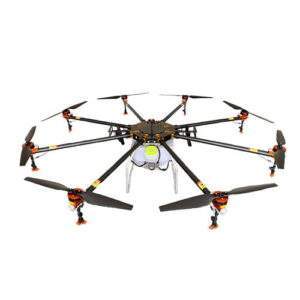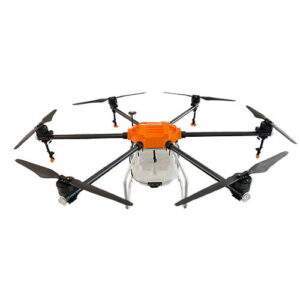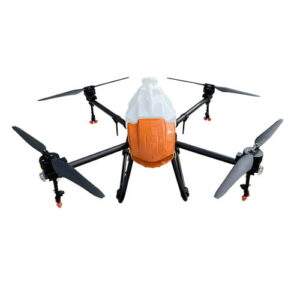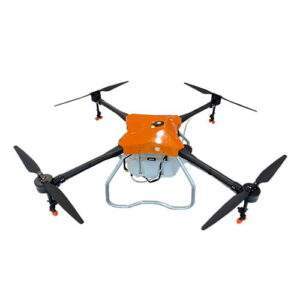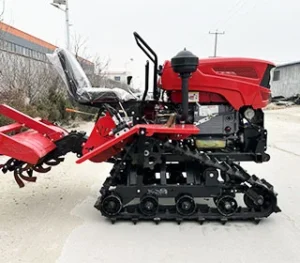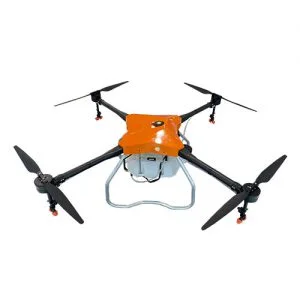Streamlining Farm Management with Agriculture Spraying Drones
Introduction
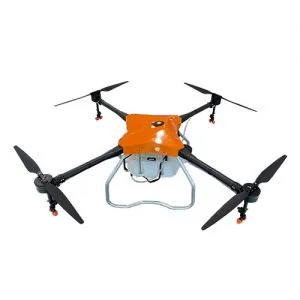
Recent years have witnessed a transformative wave in agriculture, driven by technological innovations aimed at enhancing efficiency and sustainability. Among these innovations, agriculture spraying drones have emerged as a promising tool for modern farm management. These unmanned aerial vehicles (UAVs) equipped with advanced spraying mechanisms offer precise and efficient crop treatment solutions, revolutionizing traditional agricultural practices. This blog delves into the multifaceted benefits, challenges, successful case studies, and future prospects of agriculture spraying drones, highlighting their pivotal role in shaping the future of farming.
Benefits of Agriculture Spraying Drones
Agriculture spraying drones offer a multitude of benefits that significantly improve crop management practices:
- Precision Application: Unlike conventional methods that often lead to over-spraying or under-spraying, drones deliver pesticides and fertilizers with pinpoint accuracy. By precisely targeting affected areas, drones minimize chemical wastage and reduce environmental impact, thereby promoting sustainable agriculture practices.
- Time Efficiency: Drones cover large swathes of land in a fraction of the time required by manual spraying methods. This time efficiency is crucial during critical stages of crop growth, such as pest outbreaks or disease management, allowing farmers to respond promptly and effectively.
- Accessibility: Drones can access remote or challenging terrain that is difficult for conventional machinery or manual labor to reach. This accessibility is particularly advantageous in hilly or uneven landscapes where traditional farming equipment may struggle to operate efficiently.
- Data-Driven Insights: Some agriculture spraying drones are equipped with sensors and imaging technology that capture real-time data on crop health and field conditions. This data enables farmers to make informed decisions regarding treatment strategies, optimizing crop yield and quality.
Challenges and Considerations
Despite their benefits, agriculture spraying drones present several challenges and considerations that must be addressed:
- Regulatory Hurdles: The use of drones in agriculture is subject to stringent regulations and airspace restrictions imposed by local authorities. Farmers must navigate these regulations, obtain necessary permits, and comply with operational guidelines to ensure legal and safe drone use.
- Cost Considerations: Initial investment costs for purchasing agriculture spraying drones and related equipment can be substantial. Additionally, ongoing expenses for maintenance, training, and software updates must be factored into the economic feasibility of adopting drone technology on farms.
- Skill Requirements: Effective operation of agriculture spraying drones requires specialized skills and training. Farmers and operators must be proficient in drone piloting, maintenance procedures, and data interpretation to maximize the benefits of this technology.
Case Studies: Successful Implementations
Table: Case Studies of Agriculture Spraying Drone Implementations
| Location | Crop Type | Results Achieved |
|---|---|---|
| Central California | Almonds | Reduced spraying time by 50%, increased yield by 15%. |
| Eastern Europe | Wheat | Decreased herbicide use by 40%, improved crop quality. |
| Southeast Asia | Rice | Enhanced pest control, reduced water usage by 30%. |
These case studies highlight the diverse applications and positive outcomes of agriculture spraying drones across different agricultural contexts. From improving yield and quality to conserving resources and enhancing pest management, drones have demonstrated their transformative potential in modern farming practices.
Future Directions
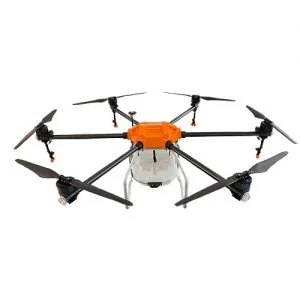
Looking ahead, several trends and developments are shaping the future of agriculture spraying drones:
- Technological Advancements: Continued innovation in drone technology is expected to enhance operational efficiency, expand payload capacities, and improve battery life. Advances in sensor technology and data analytics will enable drones to provide more precise and actionable insights for farmers.
- Integration with AI and Automation: Integration of artificial intelligence (AI) algorithms with agriculture spraying drones holds promise for autonomous decision-making and adaptive spraying strategies. AI-powered drones can analyze real-time data, identify crop stressors or pests, and adjust spraying patterns accordingly, optimizing resource use and environmental sustainability.
- Environmental Sustainability: Future iterations of agriculture spraying drones aim to further reduce chemical usage and environmental impact. Innovations in biopesticides, precision spraying techniques, and eco-friendly formulations will contribute to sustainable farming practices and minimize the ecological footprint of agriculture.
Conclusion
In conclusion, agriculture spraying drones represent a pivotal advancement in modern agriculture, offering transformative benefits in efficiency, sustainability, and crop management. While challenges such as regulatory compliance and cost remain significant considerations, ongoing technological advancements and increasing expertise in drone operations are paving the way for widespread adoption. As farmers embrace these innovative tools, agriculture spraying drones are poised to play a crucial role in meeting global food security challenges while promoting environmentally responsible farming practices.
FAQ
Q: Are agriculture spraying drones safe for the environment?
A: When used correctly, agriculture spraying drones can significantly reduce chemical usage and minimize environmental impact compared to traditional spraying methods. Precision application technology ensures that pesticides and fertilizers are applied only where needed, reducing runoff and contamination.
Q: How do agriculture spraying drones benefit farmers?
A: Agriculture spraying drones improve operational efficiency, reduce labor costs, and optimize resource management. By enhancing precision and timeliness in crop treatment, drones help farmers achieve higher yields and better crop quality.
Q: What are the regulatory challenges associated with using agriculture spraying drones?
A: Regulations governing drone operations vary by country and region. Farmers must adhere to airspace regulations, obtain appropriate permits, and comply with safety and privacy guidelines. Staying informed about regulatory requirements is essential for legal and responsible drone use in agriculture.

